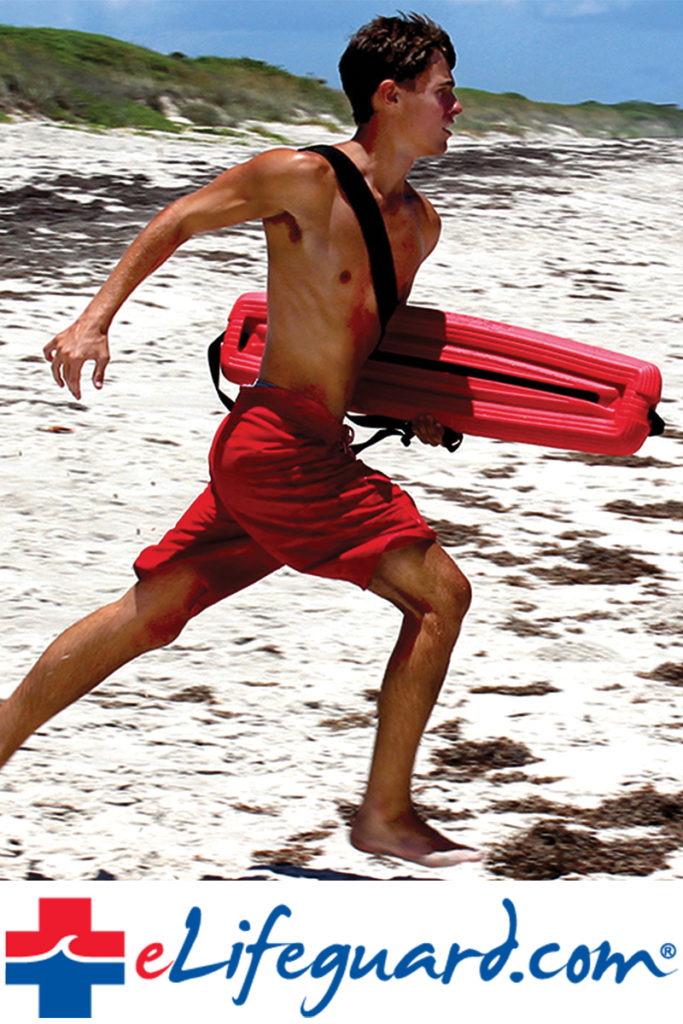Just What Exactly is Lifeguard Lung?
Breathing is the cornerstone of a healthy swimmer or a healthy lifeguard. You learn how to use your lungs, diaphragm, and nose to ensure effective, healthy breaths when engaging in aquatic cardio activity. With that said, it’s important to understand the repercussions of extensive lung usage. Our bodies are made with resilience, but they need breaks every once and awhile. Read on to stay educated about lifeguard’s lung, what starts it, and how to prevent it from getting out of hand.
The Basics
 Lifeguard Lung, abbreviated as LGL, comes from irritants in the air in some indoor aquatic facilities. It’s classified as a sick building syndrome because in most cases of LGL, symptoms go away when the lifeguards are not spending time physically in the building. Exposure to these irritants trigger an immune response, hypersensitivity pneumonitis, which causes inflammation of the lungs. To break it down in human terms: There’s something in the air that is causing inflammation in your lungs.
Lifeguard Lung, abbreviated as LGL, comes from irritants in the air in some indoor aquatic facilities. It’s classified as a sick building syndrome because in most cases of LGL, symptoms go away when the lifeguards are not spending time physically in the building. Exposure to these irritants trigger an immune response, hypersensitivity pneumonitis, which causes inflammation of the lungs. To break it down in human terms: There’s something in the air that is causing inflammation in your lungs.
How Do You Spot It?
One of the first signs of LGL is in the chest. Lifeguards who display shortness of breath or complain of chest pains may be affected. Other symptoms include eye pain and/or headaches. It has the potential to affect anyone on your crew, so even if you only have one lifeguard who is showing symptoms, it’s necessary to respond quickly.
Solving the Problem
The atmosphere of an indoor facility presents a number of contributing factors to this condition. Chlorine levels and air flow are two major factors. Another way to attack the LGL problem is to ensure all swimmers are rinsing off in the pool shower before entering and leaving the pool. In order of priority, here are the steps to rid your pool of LGL threats:
1) Test the chlorine levels in your pool and make sure you are frequently having it maintained properly. You may need to decrease the chlorine levels, as they have a strong effect on swimmers and lifeguards who spend an extended amount of time in its presence.
2) Aim to improve the air flow of your indoor facility. Installing a fan isn’t the only solution here; you may need to get creative with how to increase air flow throughout the building. If it’s not too hot, opening windows and doors can make a world of a difference. If you’re concerned about impacting your swimmers, set aside specific times when the pool is vacant (before the facility opens and after it closes) to turn on fans and open windows and doors.
3) Often undermined as an unnecessary pool regulation, showering actually has a huge impact on the sanitation levels of the pool. This is a rule that can easily be enforced, and with repetition, your swimmers and lifeguards won’t give it a second thought!
To be sure that you are not missing out on any of our lifeguard videos & stories, please subscribe to our newsletter here.
For videos, articles, & events about lifeguarding related industry topics, visit www.lifeguardtv.com





